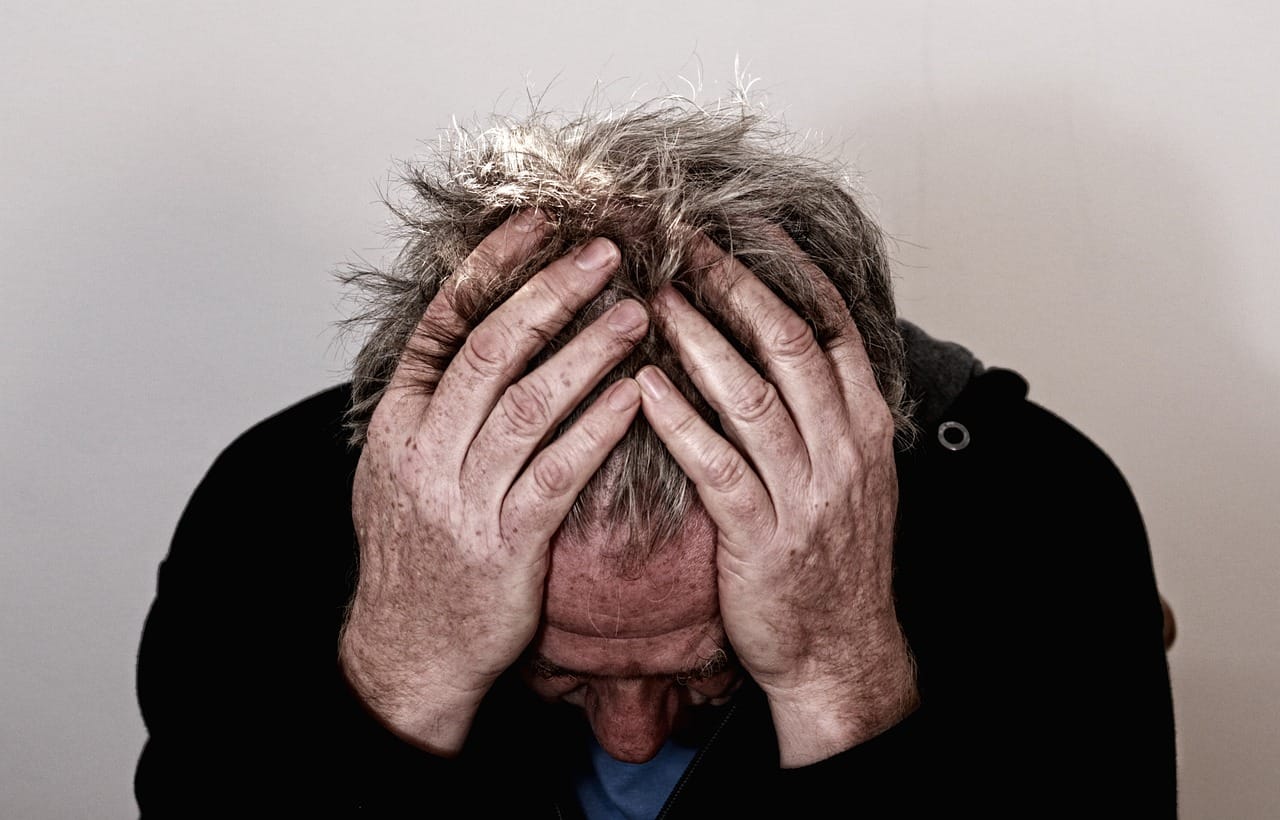Tiktok, the first place that we all saw a military convoy rolling up the wide 6 lane motorway in Myanmar’s capital of Naypyidaw. In the background of fitness livestream during the countries Covid lockdown military vehicles drove down the road directly into heart of the democracy and overthrew the government and resulting in the installation of a military Junta.
Since then, despite the burgeoning resistance and humanitarian disaster that has been unfolding in the country very few people are aware of the situation on the ground. This is partly due to the internet restrictions and limits on foreign press imposed by the junta but also because the media tends to favour other conflicts such as the war in Ukraine and the Israel Palestine conflict. However, this does to take away from the harsh reprisals and the indiscriminate bombings that have taken place.
The people of Myanmar have not sat idly whilst their government supresses them, many of the different states that constitute have risen up against the government in defiance many rely on external black markets for their supply of weapons as well as weapons developed in the country using 3D printed equipment. Meanwhile the junta relies on wide scale conscription to fill defensive positions and then utilises their dominance in airpower the bomb resistance forces whom have been steadily eroding the government power in many of the northern regions such as Chin State, Danu State, and Kachin State. Once overcome many of the conscripts simply surrender and many join the resistance.
Even with the 7.9 magnitude earthquake hitting urban and rural communities in March and with ongoing relief work to help those impacted by the earthquake the fighting continues.
Whilst it is hard to determine the number of those killed in the fighting and the subsequent earthquake according to the Office of the High Commissioner for Human Rights (OHCHR) has determined that nearly 6000 civilians have been killed by their own government with over 2000 of those individuals being killed whilst incarcerated by the military government.
The potential for widespread hunger is much larger issue. Humanitarian Action, a world leader in recording and analysing data on humanitarian disasters estimates that nearly 20 million people, well over a third of Myanmar’s population, are currently at risk of food shortages and displacement with many already being forced from homes due to the conflict and the earthquake.
Despite its lack of coverage in the international media neighbouring countries and international powers have been drawn in by the conflict. In 2024 near the third anniversary of the conflict the joint statement was issued by the foreign ministers of Australia, Canada, New Zealand, Norway, Republic of Korea, Switzerland, the United Kingdom, the United States and EU High Representative for Foreign Affairs calling for a resolution to the crisis led by South-East Asian nations, such as neighbouring Thailand, while reiterating their firm support for UN’s security council to pursue a peaceful de-escalation of the fighting. As of April 2025, no progress has been made and as the guerilla fighters gain broader internal and external support the junta are more likely to resort to harsh and extreme measures to enforce their rule.
It seems with the conflict in Ukraine and emergence of an “America First” government in the United State of America that external pressure on the government to step down is unlikely to materialise as other international actors such as China and Russia continue to flex their powers and support the junta. In the meantime it is crucial that the West, including the United Kingdom, becomes more aware of the conflict and try and apply pressure on the region for diplomacy to resume.









